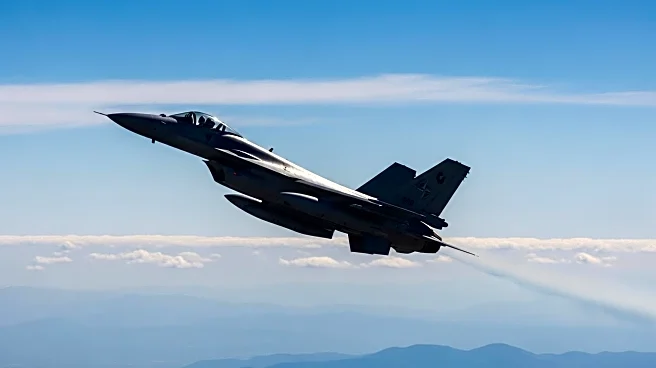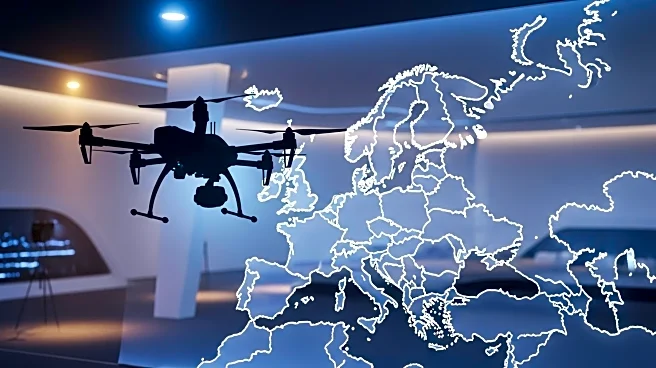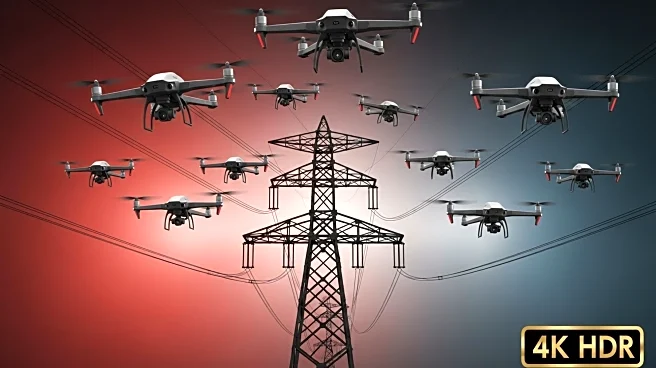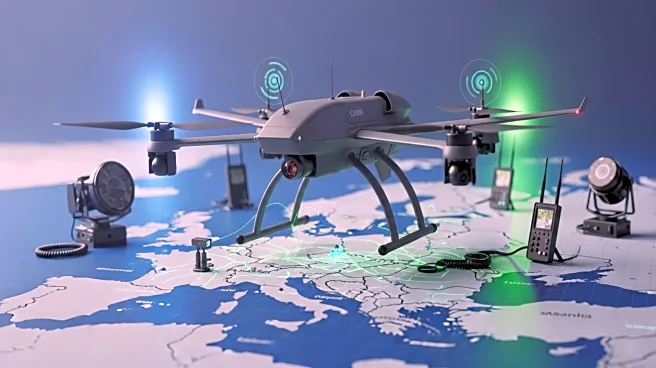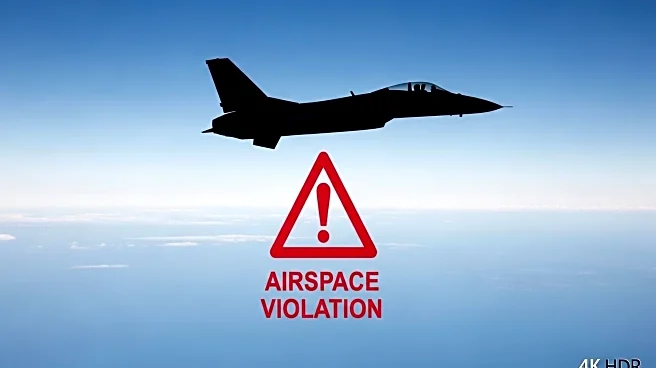What's Happening?
Denmark has accused the Russian navy of aggressive actions in Danish waters, including aiming weapons at Danish military ships and helicopters. The Danish Defence Intelligence Service reported incidents where Russian warships were on a collision course with Danish vessels and used sonar and jamming equipment, leading to GPS disturbances. This escalation comes amid heightened tensions between NATO and Russia, with accusations of Russian drone swarms disrupting infrastructure and airspace violations. Investigations are ongoing, and the situation raises concerns about a potential direct clash between NATO and Russia.
Why It's Important?
The accusations against the Russian navy highlight the growing risk of military confrontation between NATO and Russia, which could have severe consequences given both sides are nuclear-armed. The GPS disturbances in Denmark underscore the vulnerability of critical infrastructure to electronic warfare tactics. This situation could lead to increased military readiness and strategic adjustments by NATO allies, impacting defense policies and international relations. The broader geopolitical implications include heightened security measures and potential diplomatic efforts to de-escalate tensions.
What's Next?
As investigations continue, NATO may consider strengthening its defense posture in the region and enhancing surveillance capabilities to counter potential threats. Diplomatic channels might be pursued to address the accusations and prevent further escalation. The situation could prompt discussions among NATO members about collective security measures and the need for coordinated responses to electronic warfare tactics.
Beyond the Headlines
The use of jamming equipment by Russian warships raises ethical and legal questions about the conduct of military operations in international waters. It also highlights the evolving nature of warfare, where electronic and cyber tactics play a significant role. The incident may lead to discussions on international regulations governing the use of such technologies and the protection of civilian infrastructure from military interference.


